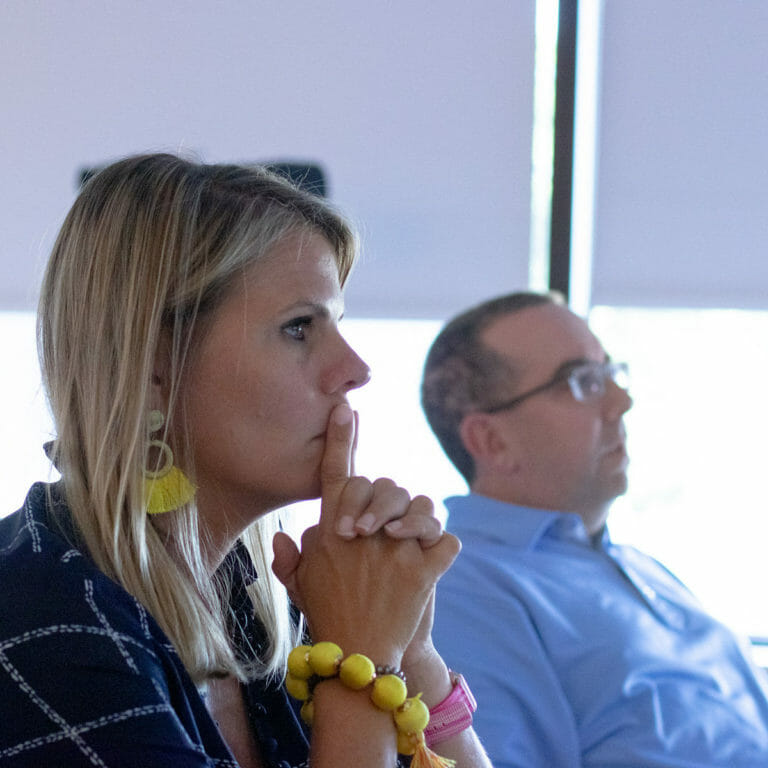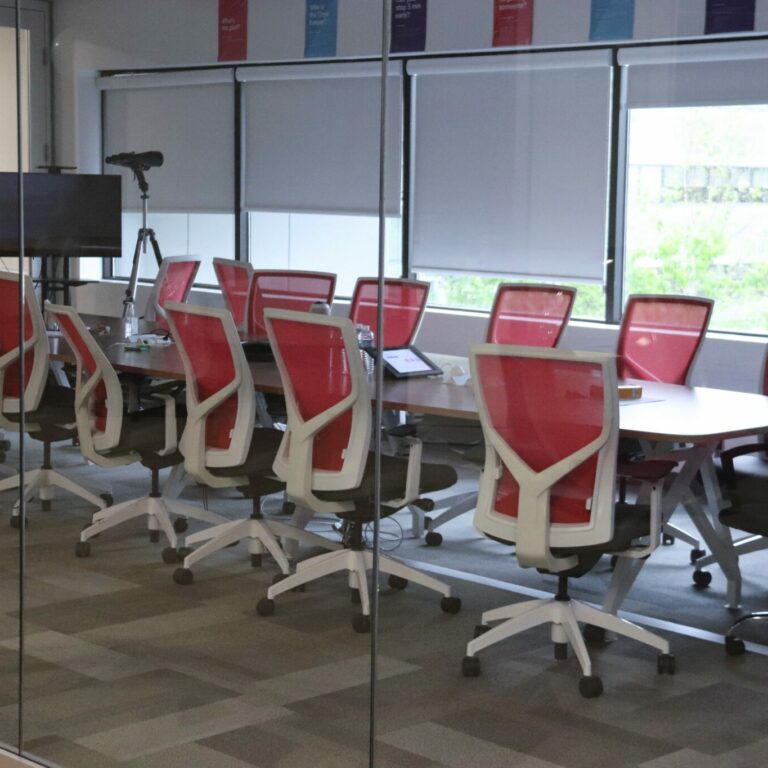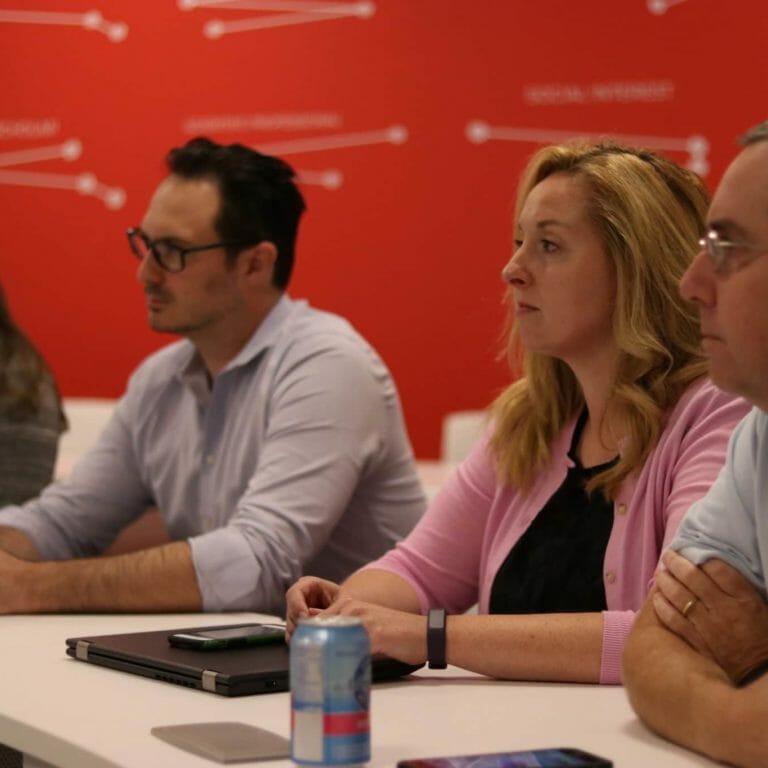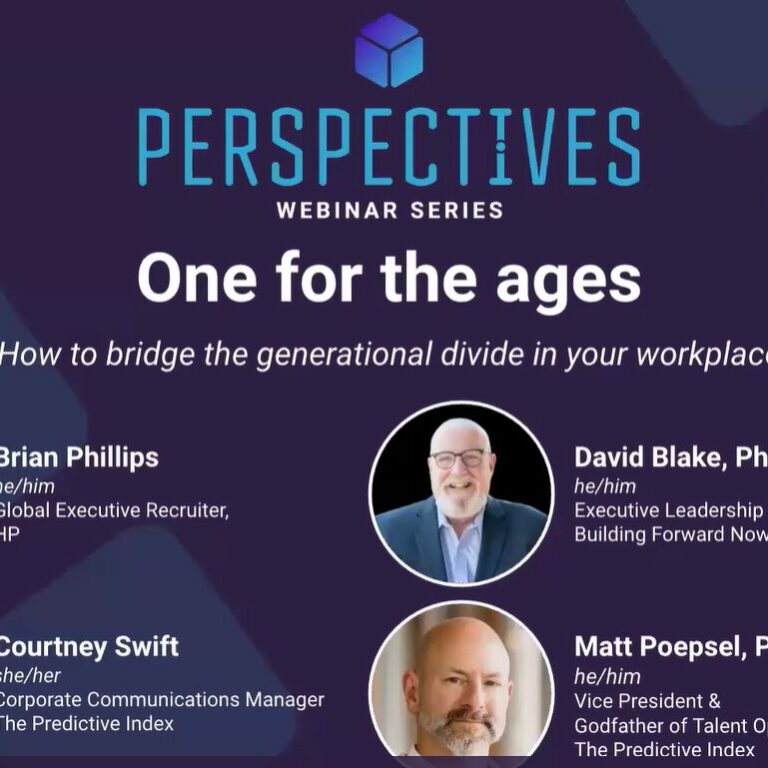
Where does the time go?
I invite you to review your calendar and rate your meetings. I created a handy worksheet to help you do just that. Choose an important set of recurring or upcoming meetings, and be honest in your evaluations.

I invite you to review your calendar and rate your meetings. I created a handy worksheet to help you do just that. Choose an important set of recurring or upcoming meetings, and be honest in your evaluations.

I invite you to review your calendar and rate your meetings. I created a handy worksheet to help you do just that. Choose an important set of recurring or upcoming meetings, and be honest in your evaluations.

we’ve seen a sudden shift from in-person to remote work, then to more complex hybrid arrangements. Meanwhile, a robust job market has meant increased employee expectations all around. And, of course, there are the still evolving challenges coming from new technology like AI.

Choose an important relationship you have with your manager, a peer, or a direct report. How is the weather? Use the worksheet to identify what’s working (or not) and what might come next.

HR professionals who have a reskilling plan look a lot more enlightened than those who view generative AI as a threat. Think about how AI can complement your existing professional development pathways.

Too often, well-intentioned leaders overlook all the elements needed to shepherd workers safely and happily from one side of the bridge to the other.

Talent shortages aren’t new to HR teams. What is new, however, is the way forward-thinking companies are adapting in the face of those shortages.

For the May episode of our Perspectives webinar series, we decided to tackle the topic of optimizing a multigenerational workforce.
The Manager Analytics Dashboard in PI Perform gives team leaders a comprehensive pulse for how they’re adhering to management best practices, answering questions before they’re asked.

I’ve created this simple worksheet to help you recall all that you give and all that you receive when it comes to your work. Complete it for yourself to rekindle your relationship with your workplace. Then share it with your team members to help them do the same.

I’m helping you hit the pause button and reflect on how you approach your work in this handy worksheet. It invites you to consider your favorite examples of technology, tools, templates, training, and transparency—5 Ts—that help you perform and lead at your best.

Who belongs on the leadership equivalent of Mount Rushmore?Because leadership is a highly individualized practice, there’s no wrong answer. The most important answer is your own.

Transparency has become a hot topic for employers and employees alike. For this month’s episode of the Perspectives webinar series powered by The Predictive Index, we decided to set our sights on the transparency topic.

If you work in tech, or your office has adopted a remote or hybrid way of working, there’s a good chance you’ve used Slack before and understand the benefits as well as the pitfalls, such as Slack holes and ‘always-on’ communication.

Learn how this Maverick uses her innovative, risk-taking nature to supercharge PI’s social media strategy.